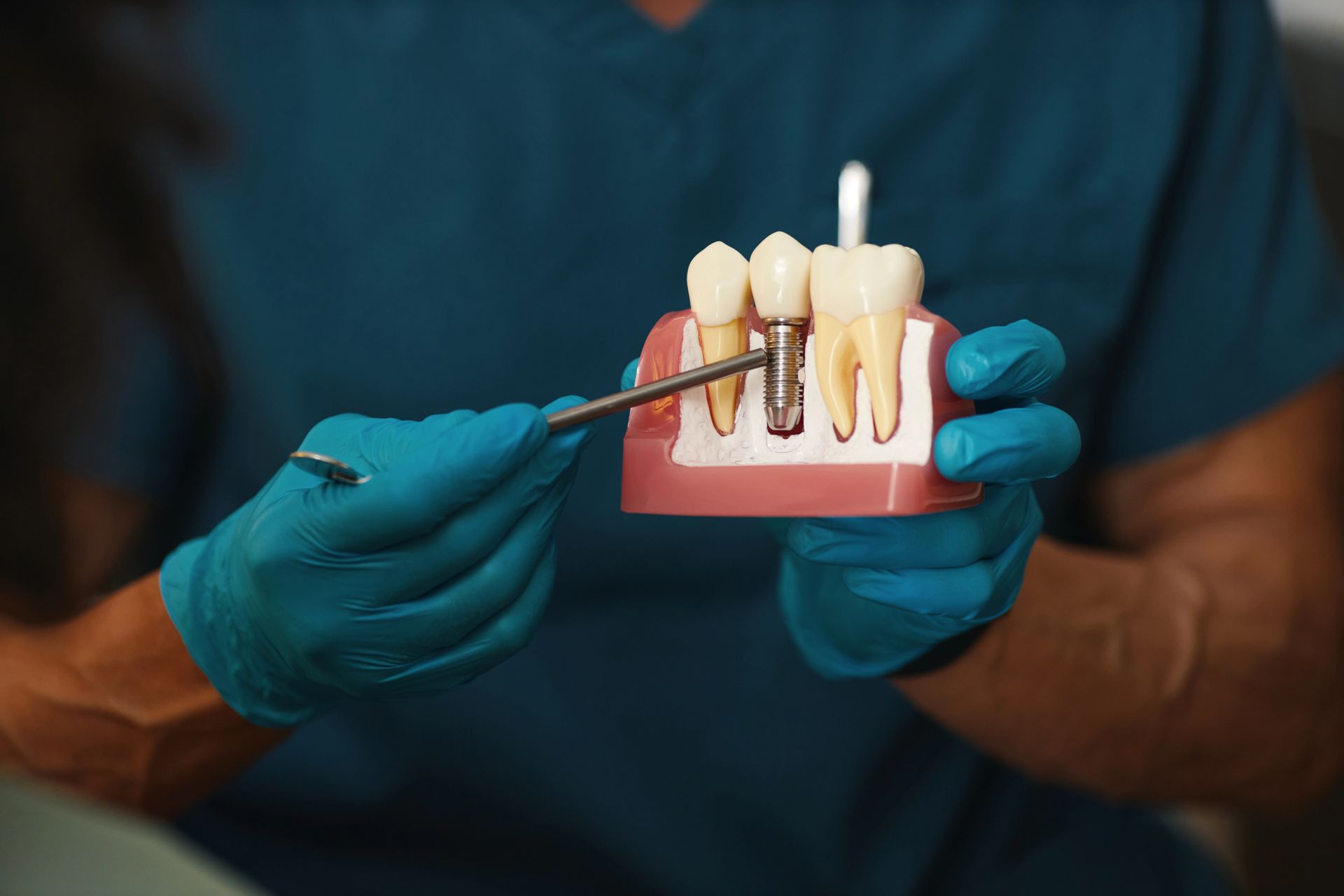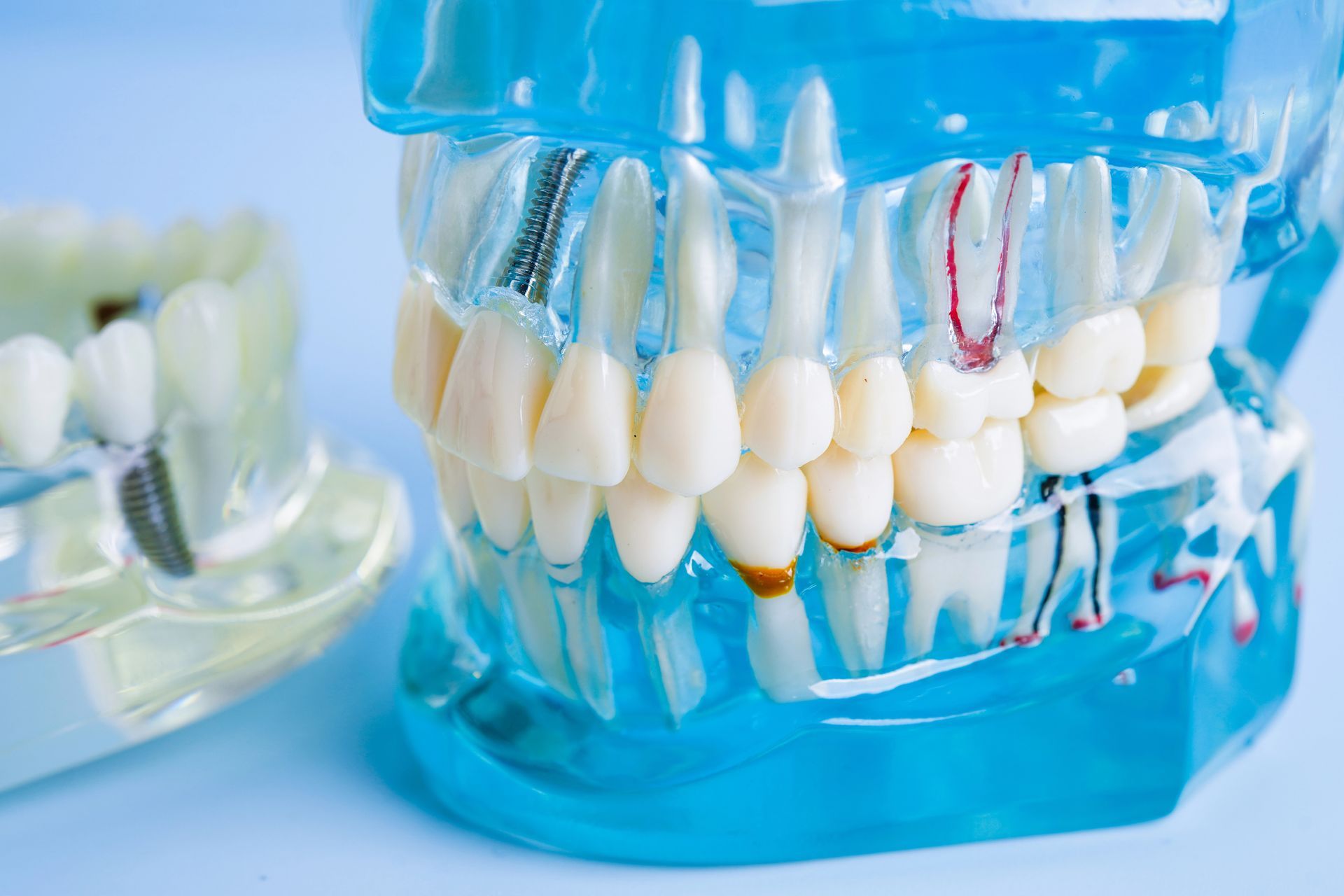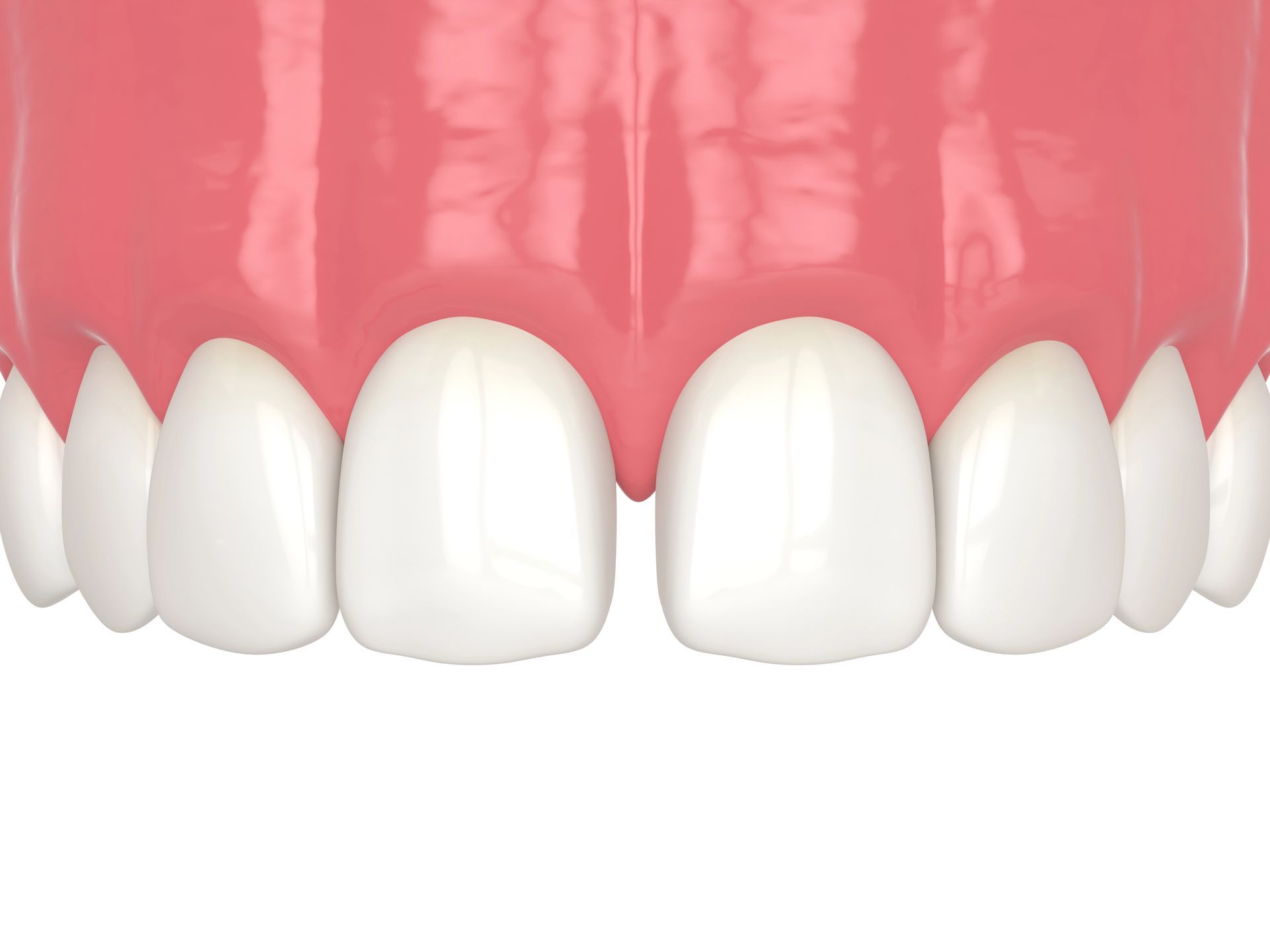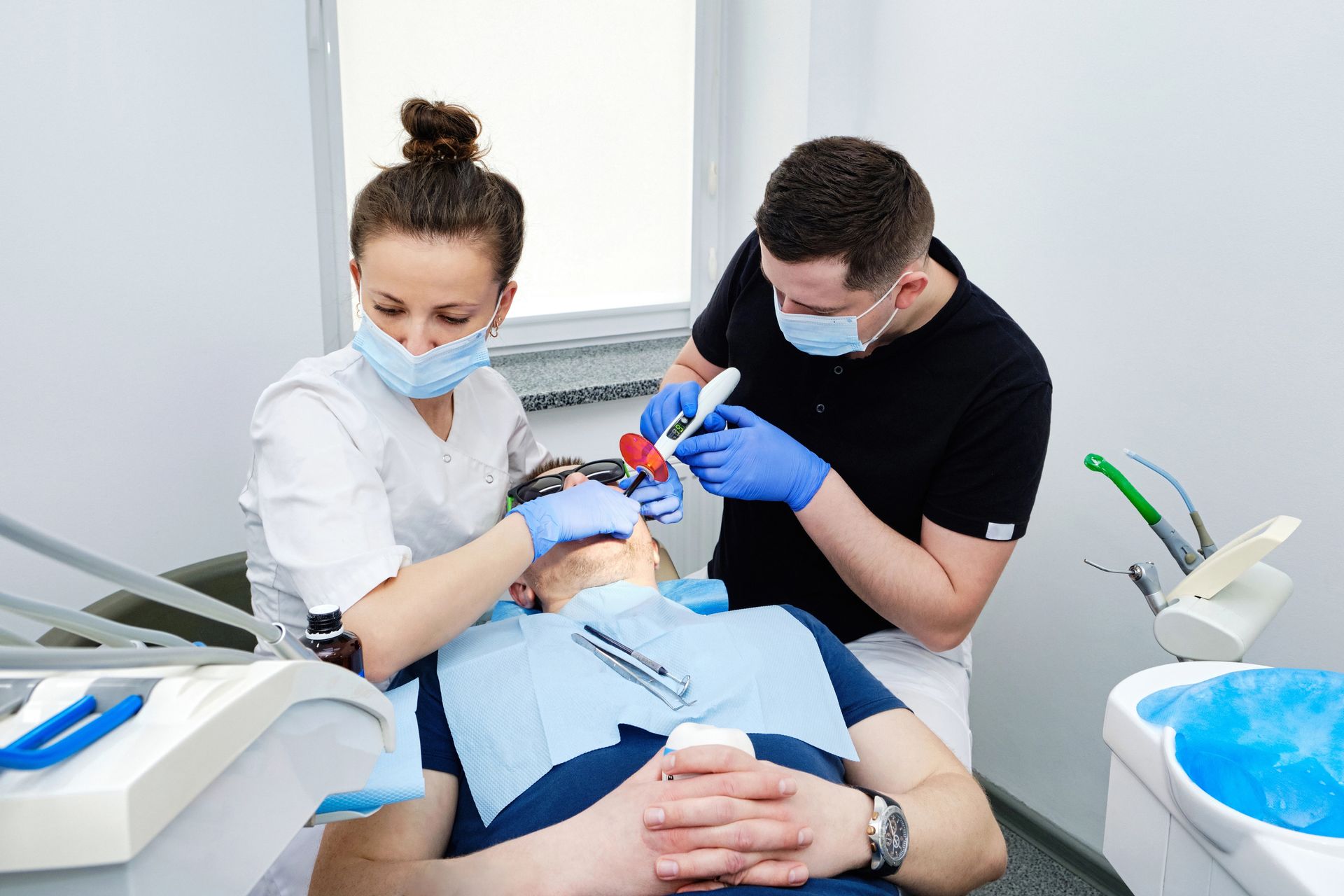Are you getting ready for your big day and looking for the best way to get a gleaming white smile? Design Dentistry Columbia is here to help with whitening tips to make sure your smile is picture perfect for your special day!
The Benefits of Professional Teeth Whitening
Having a pearly white smile on your wedding day is a must for many brides and grooms. Professional teeth whitening is a great way to ensure you have the brightest smile for your big day. Professional whitening is more effective than DIY treatments and can provide dramatic results in a short amount of time. Professional whitening is also more predictable and can be tailored to your desired level of whiteness. Professional whitening is also safer than DIY treatments, as it is done by a qualified dental practitioner who knows how to use the products and tools safely.
In addition, professional whitening is more cost-effective than DIY treatments. Many professional whitening treatments come with a warranty, so you can be confident that your results will last. Professional whitening also allows for greater control over the results and can be customized to your desired level of whiteness. If you're looking for a more permanent solution, professional whitening is the way to go. For a more budget-friendly approach, you can try one of the
Top 5 DIY Whitening Home Remedies Tested and Reviewed.
At-Home Whitening Options
For those on a budget or wanting to whiten their teeth before the big day, there are several at-home whitening options available. Over-the-counter whitening products, such as whitening strips, gels, trays, and toothpastes, are easy to use and can be effective in lightening surface stains. However, these products may not be as effective in removing more severe discoloration. It is important to read the instructions carefully and follow them as directed in order to get the best results.
For those looking for a more professional-level whitening, there are also at-home kits available that provide a stronger whitening solution. These kits typically come with custom-fitted trays and a stronger bleaching solution than the over-the-counter products. For the best results, it is recommended to visit a dentist to get fitted for the trays. For more information about teeth whitening, visit
Columbia's Teeth Whitening page.
Tips for Maintaining White Teeth Before the Big Day
Brides and grooms-to-be can maintain a bright, white smile for their wedding day by regularly brushing and flossing twice a day, using whitening toothpaste, and visiting the dentist for regular checkups. Additionally, it’s important to avoid foods and drinks that can stain teeth, such as coffee, tea, and red wine. If you’re looking for a more intensive whitening solution, consider professional teeth whitening treatments from your dentist.
Dietary Changes to Enhance Teeth Whitening Results
Eating certain foods can help to naturally whiten teeth, while avoiding certain others can prevent staining. Try to eat foods that are high in fiber, such as apples, carrots, and celery, as they help to scrub plaque from the surface of the teeth. Additionally, foods that are high in calcium, such as cheese, yogurt, and green vegetables, can help to strengthen teeth and reduce staining. Avoiding dark-colored beverages, such as coffee, tea, and red wine, will also help to prevent staining.
The Best Time to Schedule Teeth Whitening Treatments
For the best results, it's best to schedule teeth whitening treatments at least two to three weeks before the wedding. This gives enough time for the whitening to take effect and for any sensitivity caused by the treatment to dissipate before the big day. It's also important to note that whitening treatments should not be done too close to the wedding as the results may not last long enough to be seen in photos.
Conclusion
If you're interested in learning more about teeth whitening, call Design Dentistry Columbia at 803-291-5782 or check out our reviews on
Google Maps.










